Tetoharsky, along with Twisted Hair, accompanied the expedition down the Clearwater and lower Snake Rivers, acting as river guides and interpreters. They continued down the Columbia to The Dalles, the line between Sahaptian and Chinookan speaking peoples. At that point they asked to leave. On 25 October, Clark mentions their departure:
a parting Smoke with our two faithful friends the Chiefs who accompanied us from the head of the river, (who had purchased a horse each with 2 robes and intended to return on horse back)
On the return journey, Tetoharsky met the travelers on the Travois Trail and later showed them where to cross the Snake River.
Relevant Pages
October 5, 1805
Two Nez Perce guides
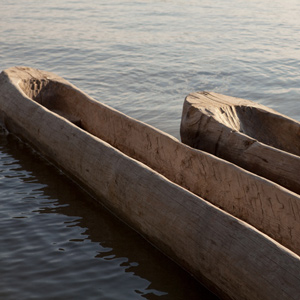

Clearwater Canoe Camp, ID Two canoes are put in the water, and the horses are rounded up, branded, and given to Nez Perce caretakers. The expedition adds two Nez Perce guides, Tetoharsky and Twisted Hair.
October 7, 1805
Down the Clearwater


Lenore, ID After a busy day, thirty-three expedition members, Lewis’s dog, Seaman, and two Lemhi Shoshone guides start down the Clearwater. In the five new dugout canoes, challenging rapids test the paddlers’ skills.
October 8, 1805
A canoe accident


Potlatch River, ID (Colters Creek) The Clearwater River has many rapids, stretches of calm, and islands inhabited by Nez Perce fishers. Travel stops after a canoe accident. In St. Louis, General Wilkinson tells of sick Indian delegates and the value of interpreter Pierre Dorion.
October 14, 1805
'Ship Rock'
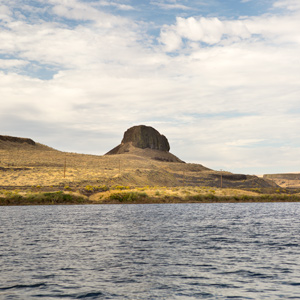

Burr Canyon, WA After passing a ‘ship rock’ Ordway’s canoe gets stuck on a rock and fills with water. They stop for the day and begin drying wet items. Vial leaves Santa Fe with orders to prevent the Lewis and Clark Expedition from succeeding.
October 15, 1805
Snake River rapids
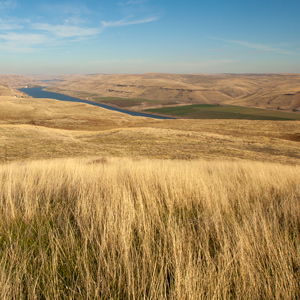

Fishhook Rapids, WA While items are dried, the hunters and Lewis explore the plains above the Snake River. Some items are put away wet before the paddlers continue through several difficult rapids.
October 18, 1805
Down the Columbia
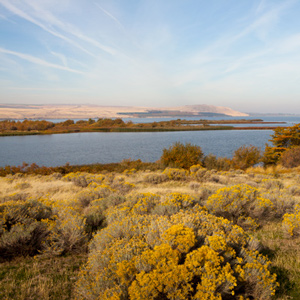

Wallula Gap, WA The captains council with the Wanapums and Yakamas and records Sahaptian vocabularies. Clark measures the widths of the Snake and Columbia rivers. Late in the day, the expedition heads down the Columbia.
October 24, 1805
Running the Short Narrows
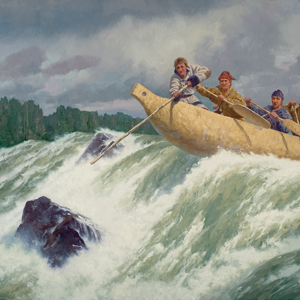

Columbia Hills State Park, WA After running the Short Narrows, the expedition encounters Chinookan-speaking Indians, and the two Nez Perce chiefs want to leave. In the evening, Cruzatte plays the fiddle.
October 25, 1805
A "bad whorl & Suck"
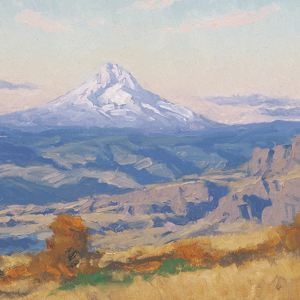

Fort Rock, The Dalles, OR The enlisted men carry the most valuable cargo past the Long Narrows, and then the paddlers run the rapids. They continue down the rapid river and set up camp on a high basalt outcrop which they would call Fort Rock Camp.
May 4, 1806
Crossing the Snake River
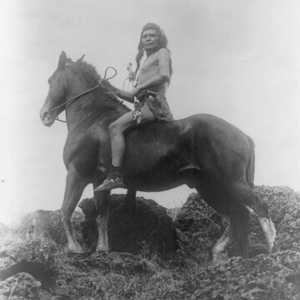

With help from their 1805 Nez Perce guide, the Corps crosses the Snake River and continues upriver to present Clarkston, Washington. Curious villagers crowd camp, and Lewis sees menstrual lodges.
